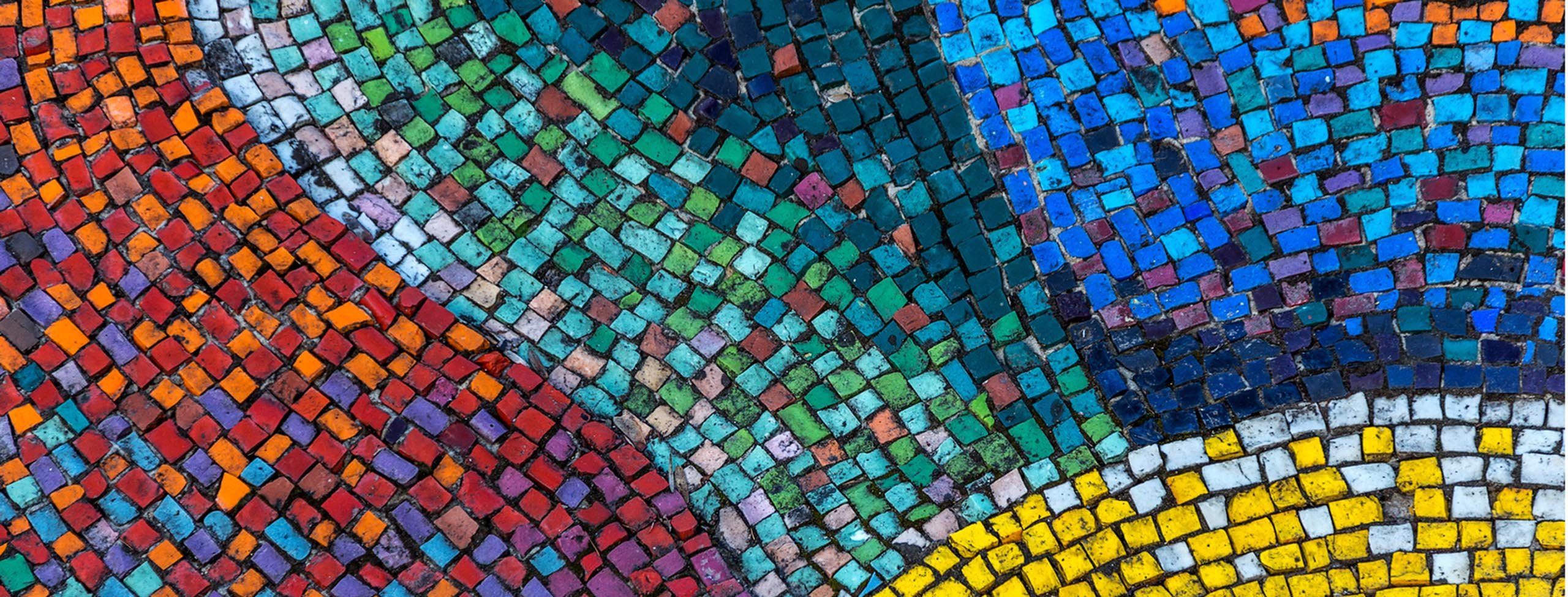
28 February 2023 • 4 minute read
Metaverse art and fashion - How does this Miro look on my metawall?
Fashion and art have always been deeply entangled. Many famous fashion houses have looked for inspiration for their collections in the works of grand masters, like van Gogh, Monet or Picasso. And many artists, like Sorolla or Zuloaga, have reflected a real passion for fashion in their work.
Creating NFTs from physical artwork
Using works of art for décor is not unusual in the world of fashion. And it’s not unusual for fashion brands to invest in and own works of art. But, if a company owns pieces of art, does this mean that it’s free to use them as it sees fit? Could a company create NFTs out of the works and display them in the metaverse?
This is exactly what Spanish fashion group Mango recently did with some paintings from famous artists Joan Miró, Antoni Tapiès and Miquel Barceló. To celebrate the opening of its flagship store in New York, Mango, with various artists, created five NFTs based on reinterpretations of works of art created by these painters. The NFTs were then displayed in the Museum District of the platform Decentraland.
Little did Mango know that its probably well-intentioned initiative was to meet resistance from the Spanish collecting society VEGAP, which represents visual artists. VEGAP filed a request for a preliminary injunction before the Courts of Barcelona, which was granted. Pending trial, the court ordered that the NFTs were deposited in a safe digital wallet to prevent them from being damaged or lost.
Although we still don’t know the court’s final decision, the question arises about the rights that the owner of a work of art enjoys with respect to copyright, particularly when it comes to using them in the digital world.
So who owns the rights?
In most civil law countries, the copyright system rests on two basic pillars: its subject matter is the work itself, and not the means whereby such work is incorporated; and copyright belongs originally to the author. So from a copyright perspective, enjoying property rights on the medium where the work exists does not grant any copyright to the owner (eg owning a copy of a book does not bestow any rights to the novel).
In the case of works of visual art, where the medium and the work are intrinsically intertwined, some legislations grant a limited set of rights to the owner. That is the case of the Spanish Copyright Act, which allows the owner of such works the right of public exhibition, unless the author has expressly opposed it.
Does regulation extend to the metaverse?
In the matter examined, under the Spanish legislation, Mango would be free to exhibit the paintings it owns – for example, in a store or a gallery.
But can this right be interpreted to allow displaying NFTs based on those works in the metaverse?
This issue is open to debate. On the one hand, access to a digitalised work by the public at the place and time of their choice would usually fall under the making available right and not under the right of public exhibition. However, the particular conditions of the metaverse, where the works are located at certain specific coordinates, do not really differ much from the work being in a museum, meaning it could be considered public exhibition. How does this Miró look on my metawall? Using works of art in the metaverse However, even admitting that “hanging” a digitalised version of a work of art in the metaverse amounts to public exhibition, the act of converting the physical work of art into an NFT is, irremediably, an act of reproduction. This conclusion is supported by the case law of the CJEU in Allposters, where the court considered that the alteration of the medium of a work (from paper to canvas) was an act of reproduction that prevented the exhaustion of the distribution right.
So, unless the author has consented, via copyright license or assignment, to the creation of digital representations of their work, any such action would constitute an unlawful act of reproduction of the work. Of course, adapting or reinterpreting the work to create an NFT would also require the authorisation of the copyright holder if it results in a derivative work.
Apart from the author’s economic rights, moral rights, in particular those of attribution and integrity, also have to be respected.
In conclusion, when using copyrighted works in the metaverse, special attention should be paid to avoid infringing the rights of the creator, even where there is a valid title to the original.